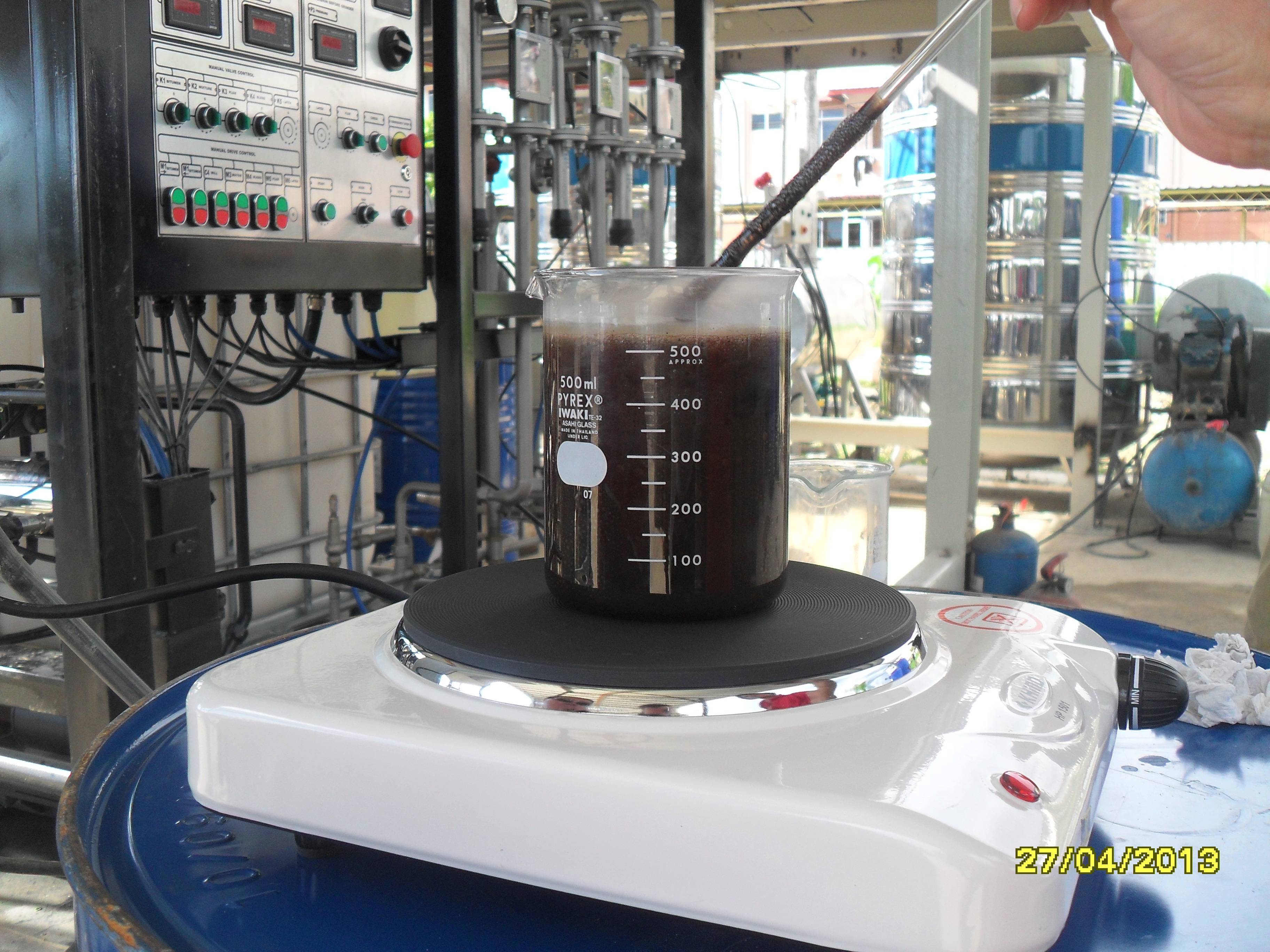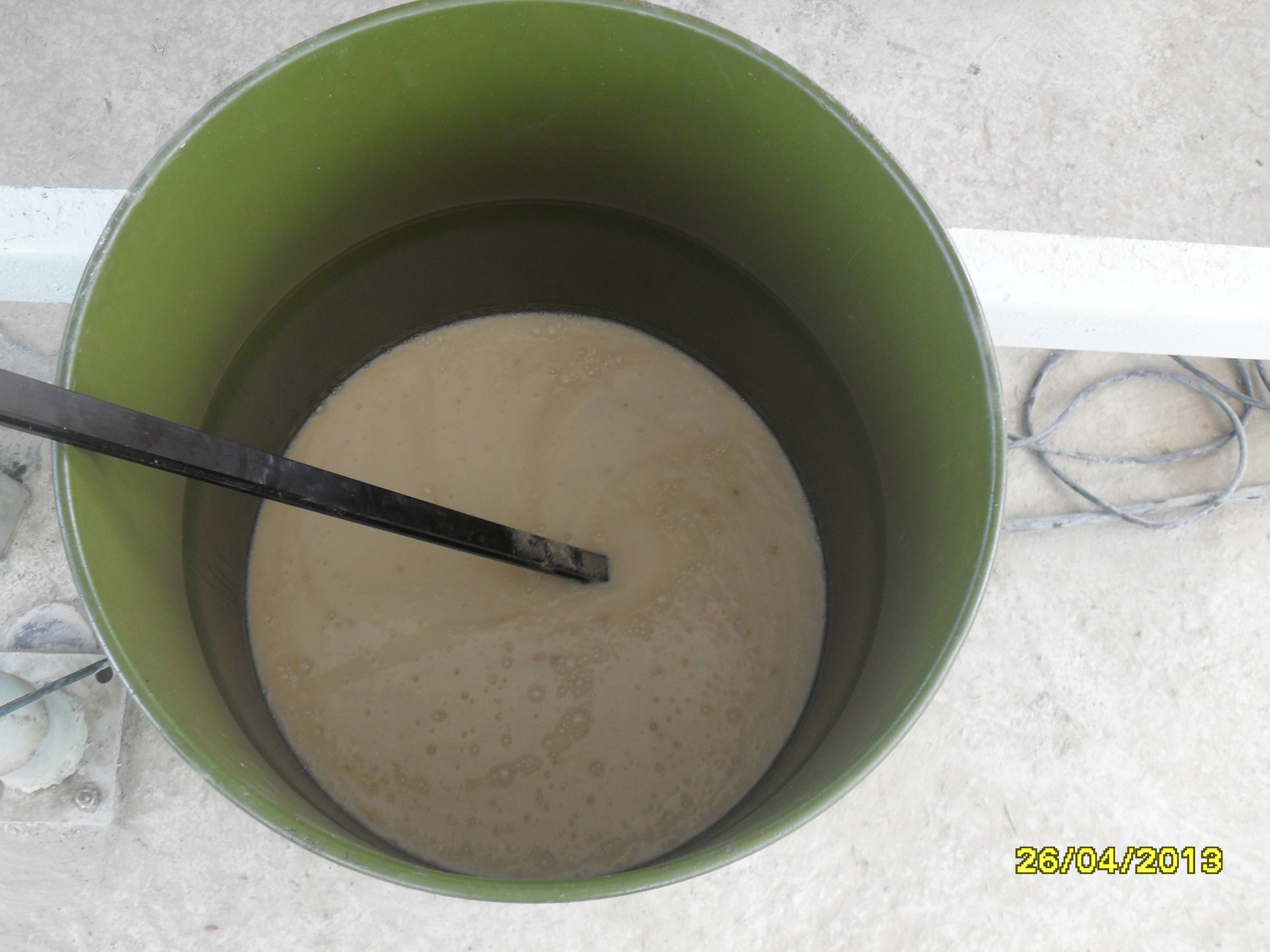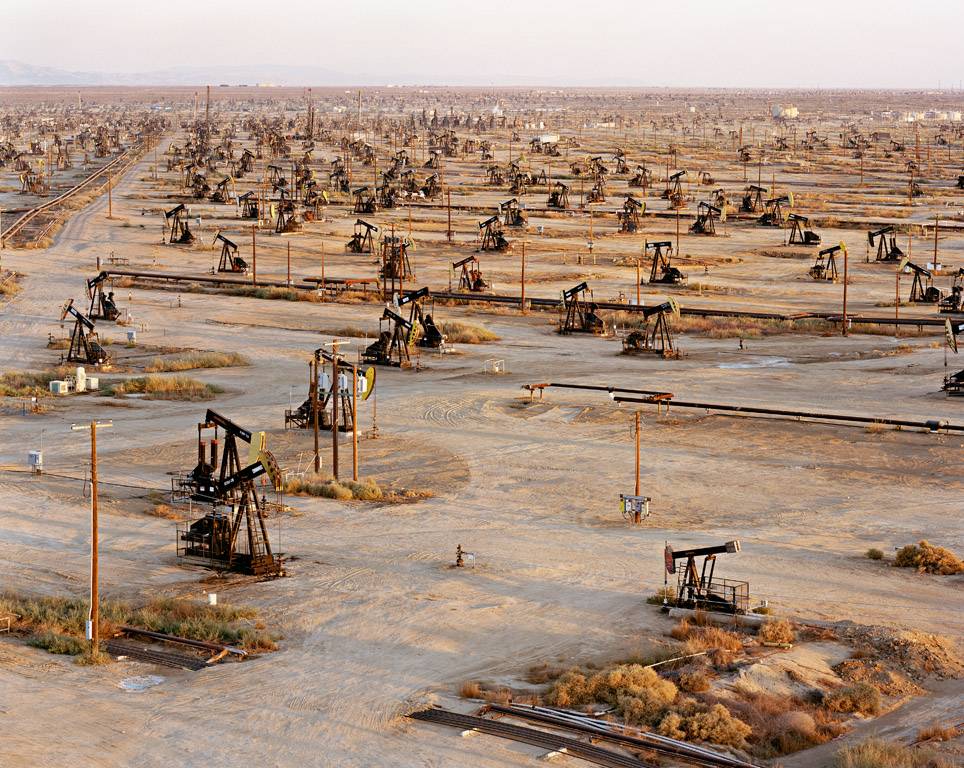The “Tar Paver” is a machine designed to uniformly “pressure pour” hot organic binding materials that are based in tar for the construction of roads and for making road repairs.
Tar is known as a fragile, black friable pulp obtained from refinery waste that can be used as fuel, insulating material for electric cables, and for road construction/repairs. Of the total weight of the distilled oil, anywhere from 10 to 45% of the oil can become tar.
Tar is considered to be most effective for use in road construction, roofing and construction bitumen due to its astringent properties and its overall chemical composition that includes paraffinic, naphthenic and aromatic hydrocarbons, asphaltenes, etc.
Tar Pavers are used in many different sectors of construction, but particularly they are used in road construction. The Tar Paver is structured with a tank mounted on a truck or on the chassis for possible transport to and around a construction site.
The Tar Paver principally operates with a sprayer mechanism. The Tar Paver is capable of applying large volumes because of the built-in junction rod.
The Tar Paver is used for spraying bitumen emulsion. This Tar Paver however, is not suitable for bitumen as this it is not designed to maintain the high temperature needed to keep the binder in the liquid state which needs to be between 180°C to 190°C/356°F to 374°F.
Demand for high-quality road construction products has stimulated the emergence of different Tar Paver models. If their tanks are fixed in the back of a truck, then the bar is set on a hydraulic pantograph and remains on the tank during unloading. If the paver is installed on a truck chassis, it is called an asphalt distributor.
The unit’s Storage Tanks have different capacities to enable them to adapt to the size and weight of the vehicle selected for transporting them. GlobeCore’s Tar Paver RBE – bitumen emulsion sprayer has the flexibility to be fitted with tanks that have a fluid capacity of between 500 to 10,000 Liters. The internal design of the tanks provides for heating and/or for maintaining the desired temperature of the bitumen emulsion with burners that use liquid petroleum gas or diesel for fuel.
The GlobeCore Tar Paver RBE model is equipped with that are connected to and are proportionate to the pole of the internal combustion engines driving them. The spraying of bitumen emulsion is performed with rods classified according to their characteristics and functions. They range from a simple rod with a system opening known as a collapsible type, to a more complex system of rods with the opening that is a sliding type with a hydraulic drive controlled from inside the cabin of the vehicle. When the vehicle is in transit, the rod is folded and fixed with pins. The top rod is lifted by special hydraulic motors and with a hydraulic cylinder that works in a manual mode. To control the temperature of bitumen emulsion inside the Tar Paver, the RBE models feature a temperature sensor that is connected to a gas heating system.
The rail pressure for spraying is increased to the desired pressure by a “Frokarola” bitumen pump equipped with a German engine. The bitumen pump is rotated by a hydraulic motor which in turn starts the hydraulic pump.
Emulsion outflow depends on the performance of the bitumen pump. The volume of sprayed material by the Tar Paver RBE is 0.3 liters/m^2 at a speed of 3 km/hr.
GlobeCore Tar Paver RBE models are much more convenient to use. This is due in part to the control capabilities of the pump, lifts and other core functions. The control capabilities can be accessed from an external console that can be operated from the external remote control or installed in the cabin next to the driver. An alternative design places a stationary system of controls in the cabin of the truck. In any case, each unit is mounted to suit the individual preferences and requirements of the client.
Optional additions to the Paver Tar RBE are as follows:
- Water tanks made of hot galvanized steel with transfer pump and hydraulic emulsion recirculation system;
- “Ecological” cleaning system of dirty detergent (diesel fuel, etc.), thus avoiding the need to reset the contaminated liquid with consequent damage and environmental pollution;
- tanks for diesel fuel to refuel fixed installations;
- many other solutions to facilitate the work on site and accelerate and increase the profitability of your company.



